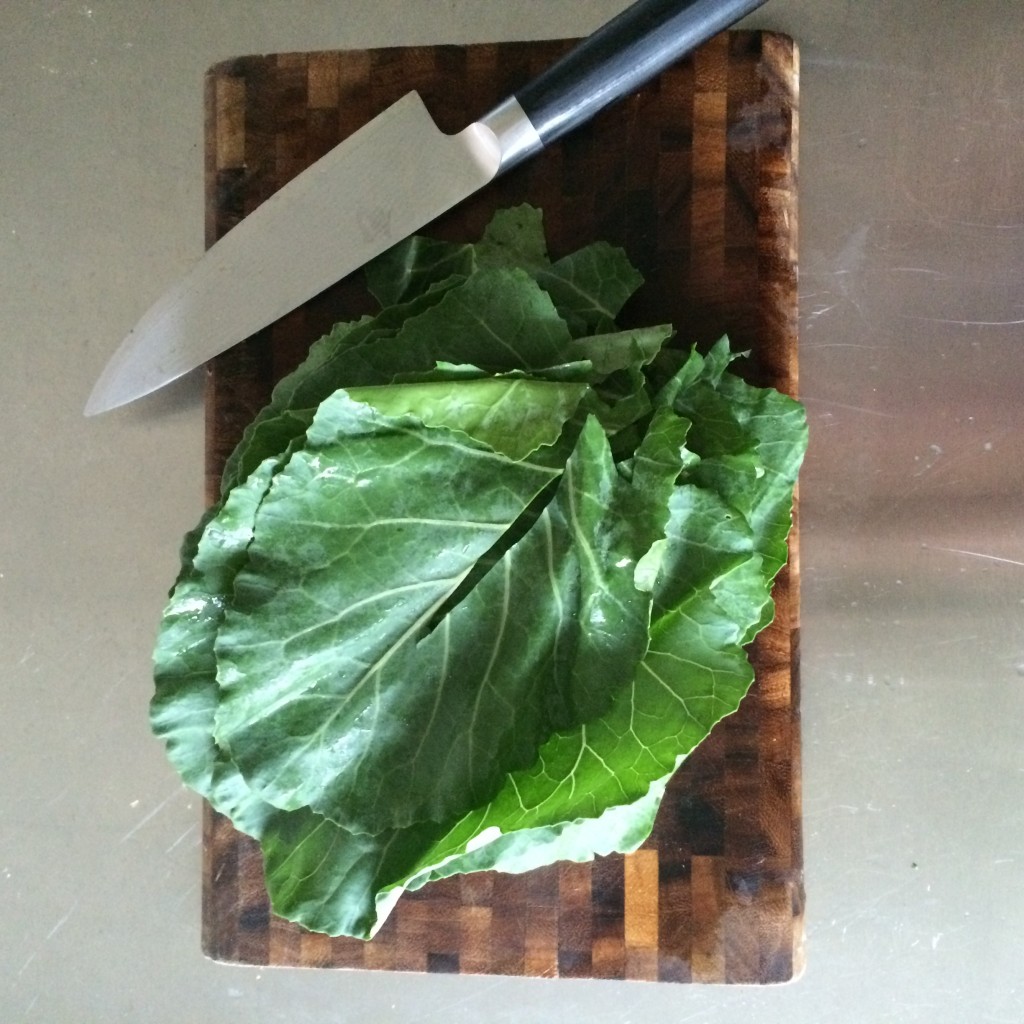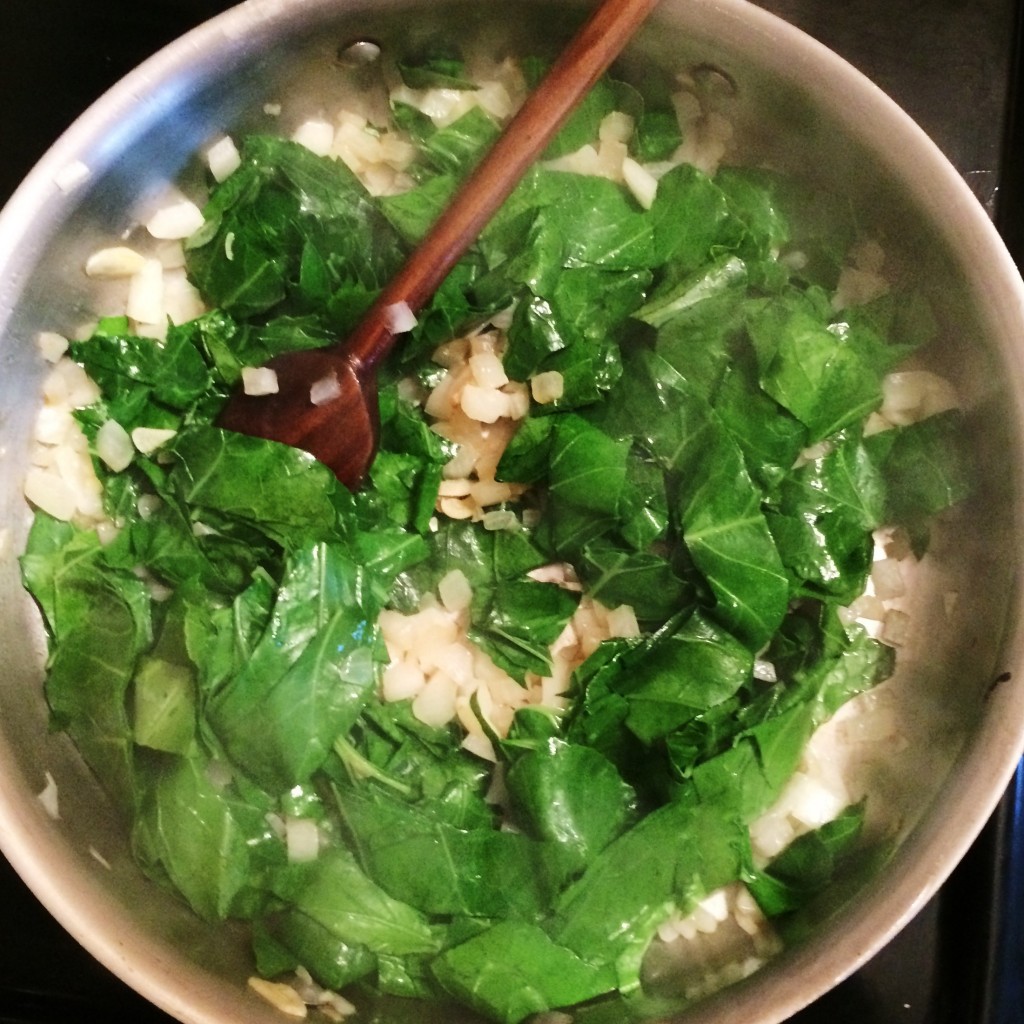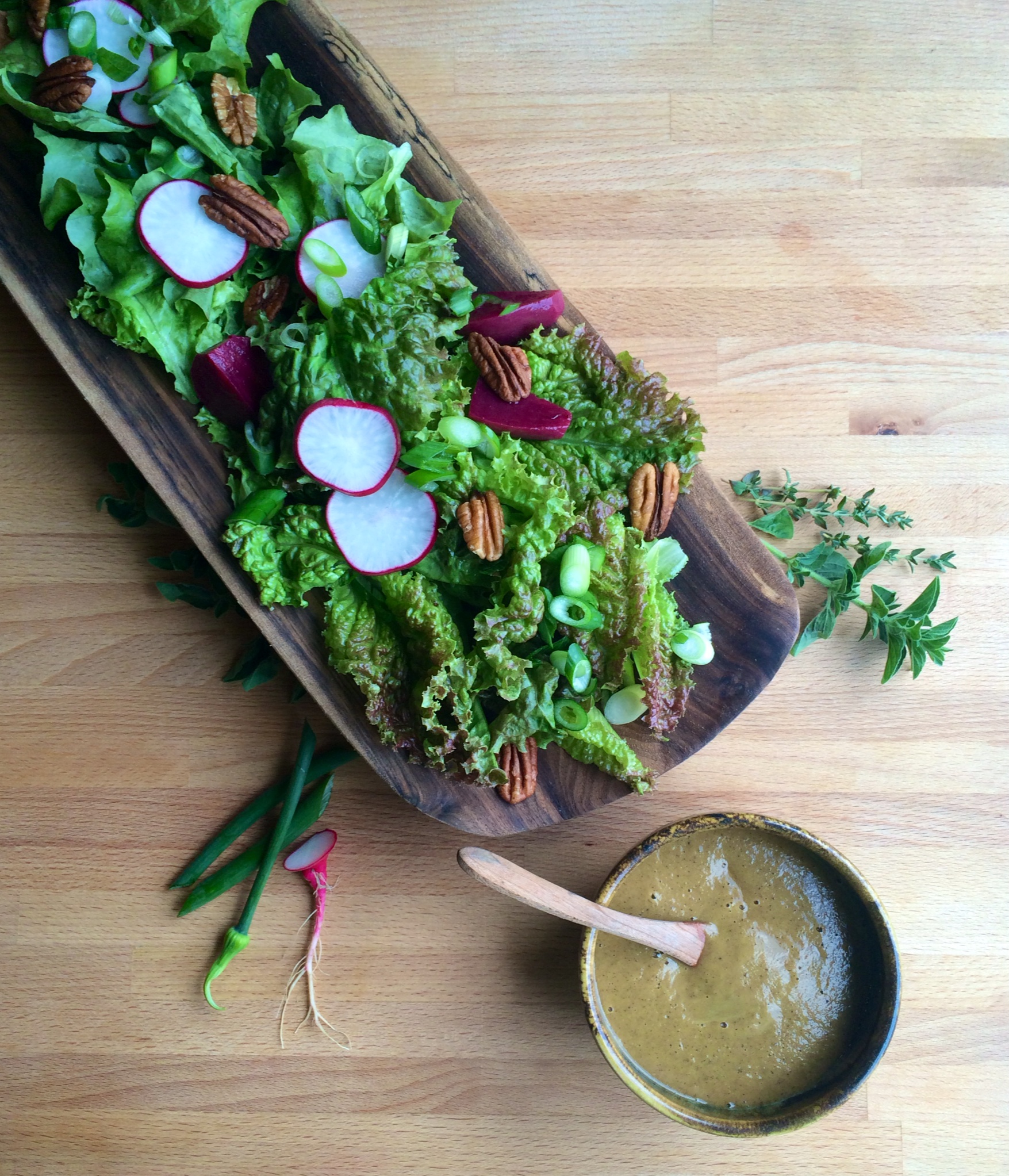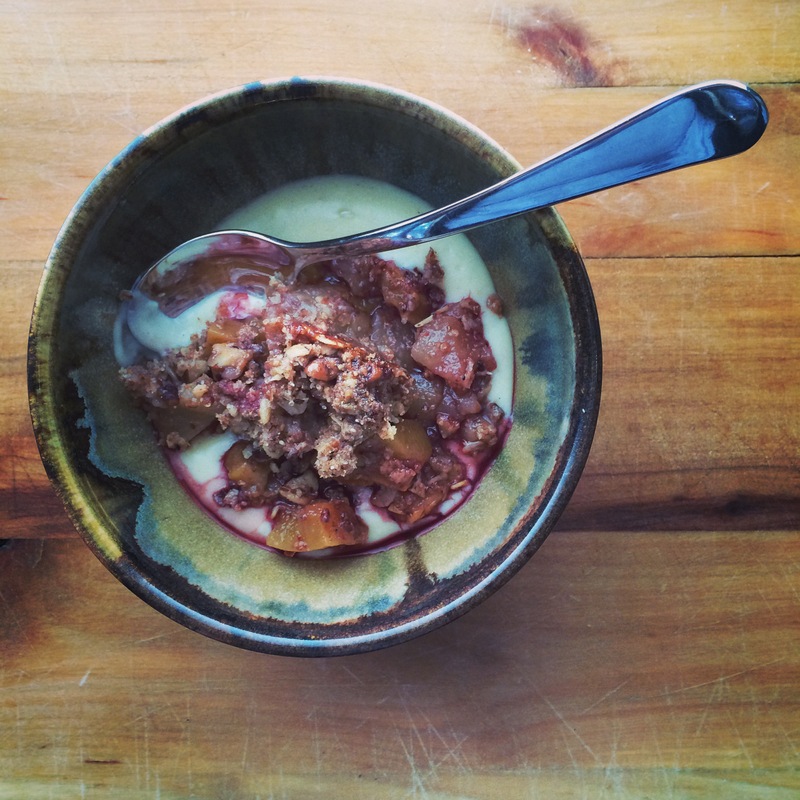Ingredients:
3-4 bunches of Easter Egg Radishes
1 bulb of fresh garlic (about 10 cloves)
1-2 fresh hot red chilies
Other root vegetables like carrots, turnips, etc.
3 Tbs canning or pickling salt
1 quart water
1 Tbs coriander seeds
1 Tbs fenugreek powder
1 Tbs turmeric powder

Method:
Combine the salt with one quart of water until the salt is completely dissolved.
Puree the chilies with the garlic and a little water until it forms a smooth paste.
Wash and trim the vegetables, removing the stem and root ends. With the grater or julienne attachment on a food processor, shred the radishes, carrots, and turnips.

Place the vegetables in a large bowl and cover with the salt brine.

Let the vegetables soak in the salt brine for about 30 minutes, then pour off about a cup or so of the brine and set aside. Then pour the vegetables into a colander and rinse well with cold water. Press out any excess moisture.
Place the vegetables in a large bowl and combine with the garlic and chili paste as well as the spices. You may want to use disposable gloves while mixing, depending on the heat level of your chilies.

You can eat the salad fresh as it is, or as a fresh chutney or condiment with sandwiches, soups, or proteins. It is highly flavored as a fresh salad, but if you choose to ferment the salad, then the spicy flavors will mellow as it becomes more sour through fermentation.

To ferment the salad, pack tightly into a quart jar, being careful to press out air bubbles with each inch or two that you scoop into the jar. Leave about two inches of head space in the jar, then pour a little of the leftover soaking brine over the top. Wipe the inside of the jar mouth with a clean cloth to remove any exposed vegetables or spice paste. Cover with the lid and ring, then leave the jar out at room temperature (not in direct sunlight) for several days, and up to several weeks. Check every day or so to make sure the vegetables are submerged in the brine and not exposed to air. Bubbles should form in the jar when the fermentation process is active.
When the salad is sour enough to your taste, pour off any extra brine, then refrigerate.




















